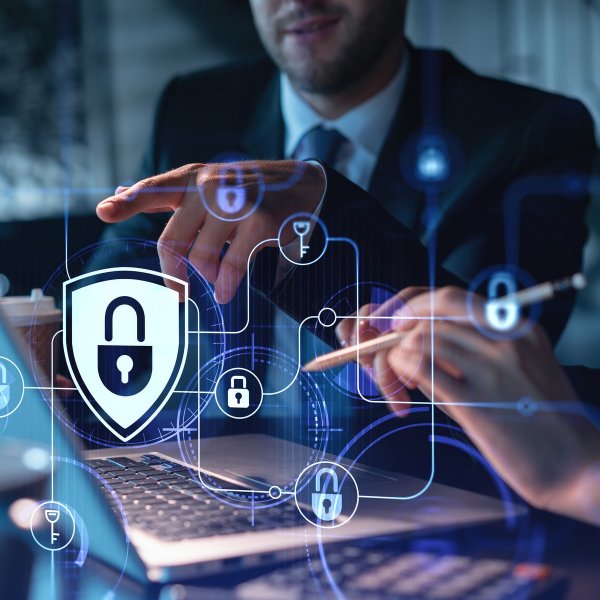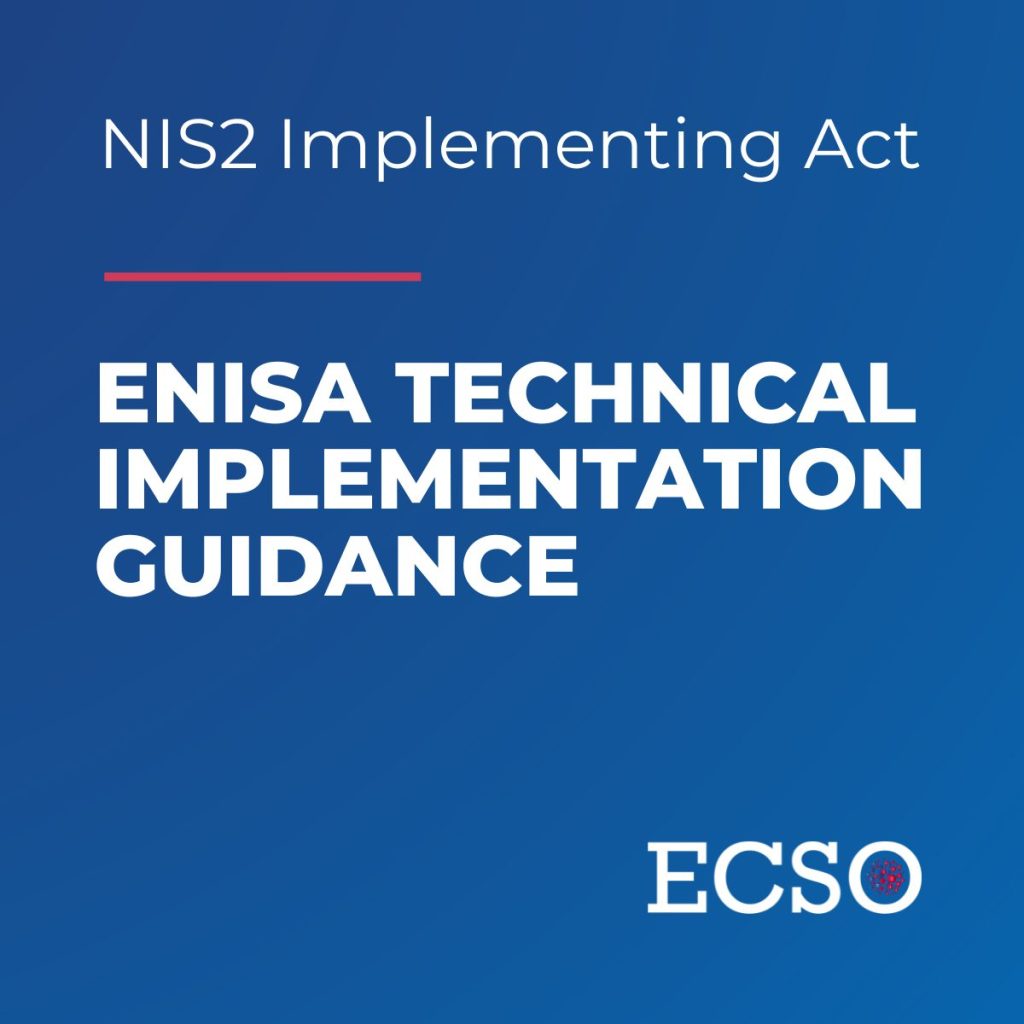Discussing 2021 emerging cyber trends and the current cyber threat landscape
How are cybercriminals refining their techniques? How can businesses and corporations adapt their cybersecurity strategy to address more sophisticated cyber threats? And what are the current cybersecurity best practices to follow to prevent such attacks? Together with Women4Cyber’s President Anett Mádi-Nátor, Coosto’s CISO & DPO Victoria van Roosmalen and Greenwheels’ Information Security Officer Andreas Linnemann, ECSO Secretary General Luigi Rebuffi discussed examples and solutions to answer these questions at the Benelux Cyber Security Summit.
Knowing your enemy is key to winning a battle or a war. When it comes to cybersecurity, it is therefore important to be up to date with the current cybersecurity trends and possibly anticipate when and what kind of future cyber-attacks may occur.
“If there is one thing we have learned during the pandemic, is that we are all more dependent on digital services, and therefore can be more vulnerable to cyber-attacks”, said Luigi Rebuffi, who moderated the panel.
Panellists agreed that in 2021 cyber-attacks, in particular ransomware and frauds, have expanded, especially with telework having become the norm in many countries, and that the traditional model for security is no longer valid. Cyber threats are not only impacting remote workers, but also large companies, which can protect themselves from the increased number of hacking attempts towards passwords and logins by developing their own software and increasing awareness and procedures within the business, just to name a few measures. These kind of attacks are here to stay: the dynamics could change but they will likely remain for the next 5 to 10 years.
Particular focus was also set on hackers, who are today at the centre of discussion of the cyber threat landscape. More specialised and no longer working in silos, hackers today can be considered as real service professionals (“Cybercrime as a Service”), with high level technical knowledge and able to tailor and engineer specific cyber-attacks, targeting in particular CISOs and CIOs in companies and e-commerce services for regular users, but also university R&I departments and the health sector, especially departments involved with vaccination tasks.
Given the current cyber threat landscape, panellists concluded by stressing the need to educate on cybersecurity (“empower the people”) and predict attacks. Introducing digital education classes starting with primary schools is key to not only raise informed and therefore empowered citizens, but also to dispose in the future of highly specialised experts who can help predict and avoid future cyber attacks.
But beyond empowering people, what are the lessons that CISOs have learned so far to improve response to cyber attacks? Women4Cyber, Coosto and Greenwheels representatives concluded the panel discussion by providing three key tips to prevent cyber attacks: keep the system simple, have trained technical staff, get the help from professionals who have developed technical measures to predict possible future attacks and, if the company is too small to have its own cybersecurity department, outsource such task.
“Bringing together experts is always key to share knowledge and best practices, especially when dealing with a fast-changing sector such as cybersecurity”, concluded Mr. Rebuffi.





